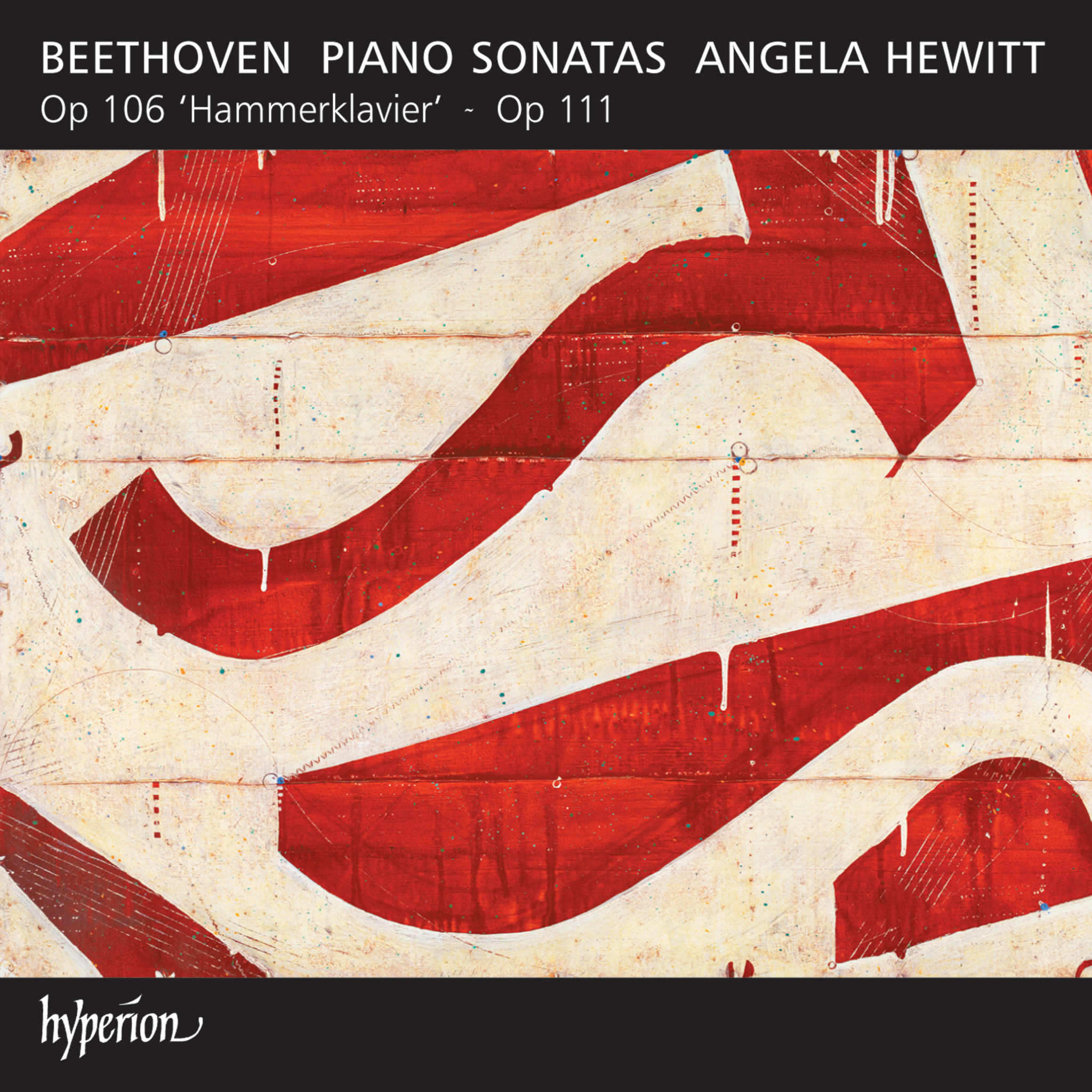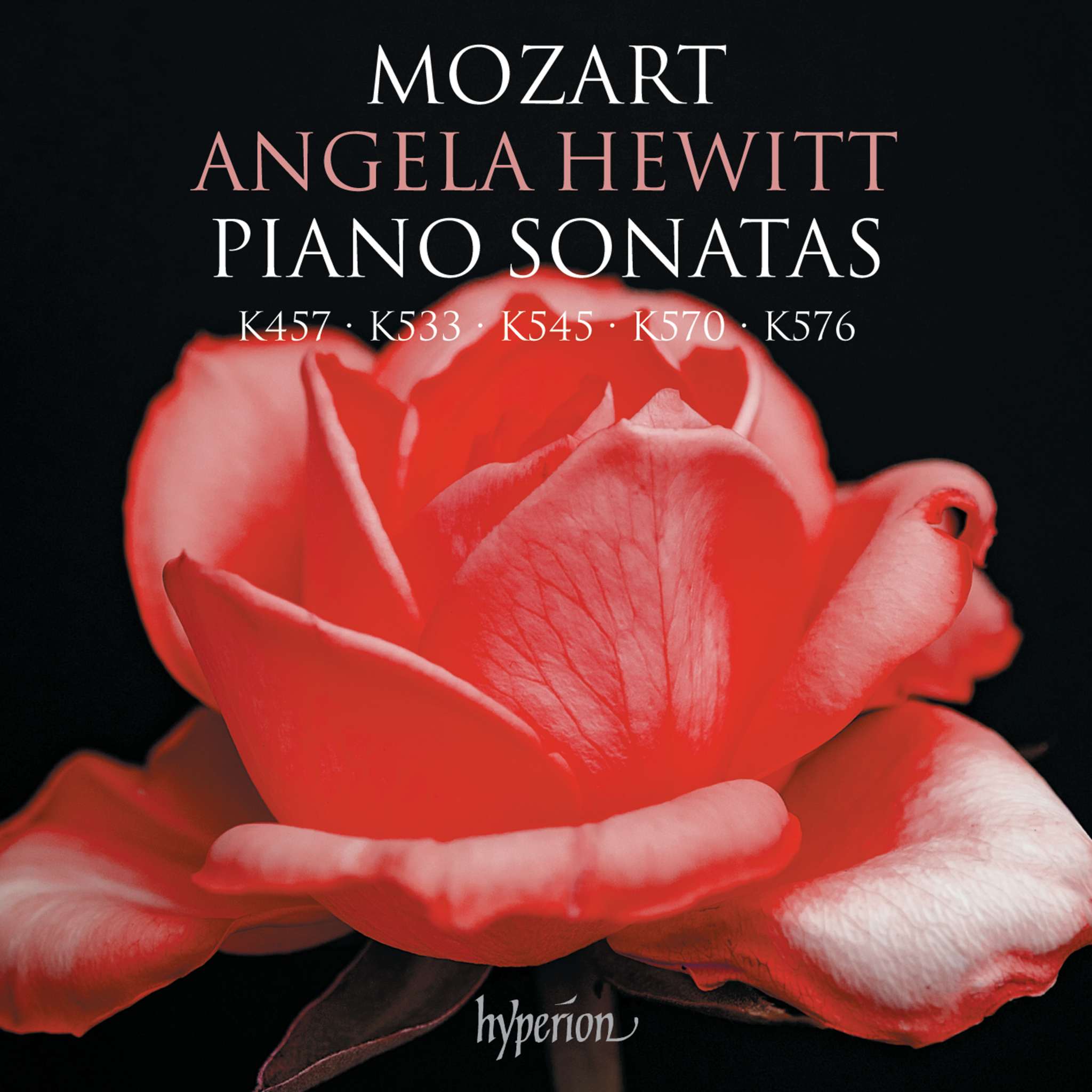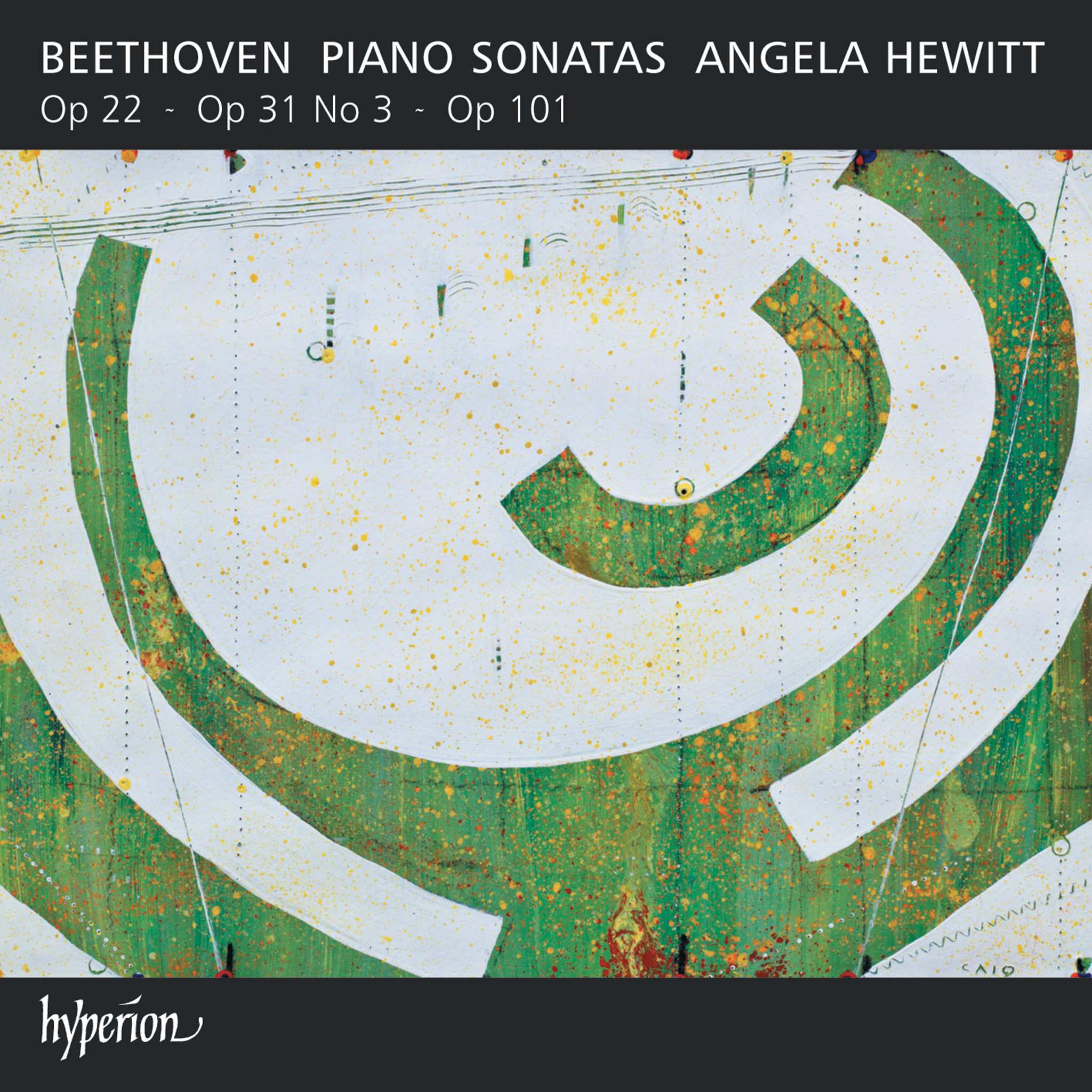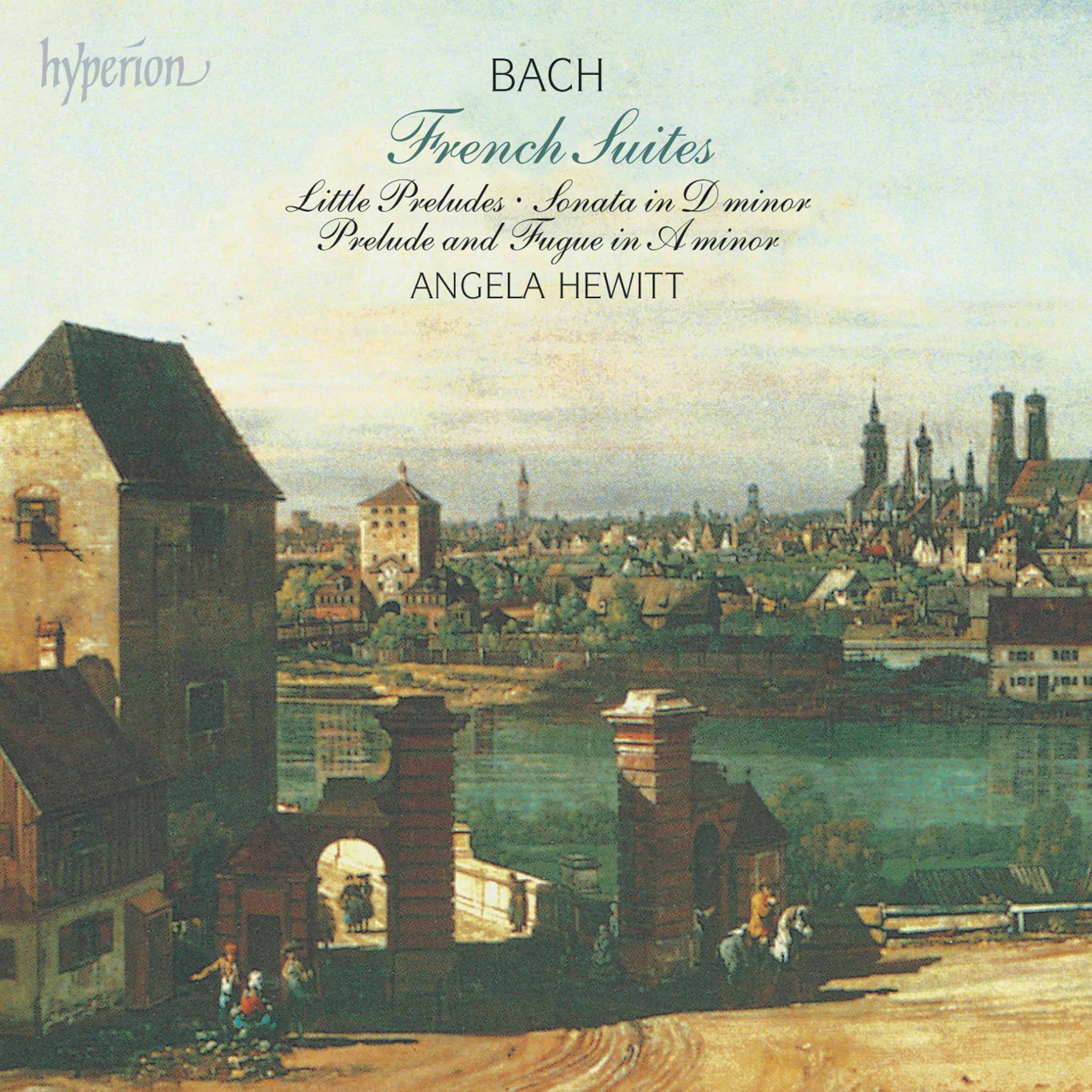Album insights
The era of music, which came to a close with the outbreak of the war in August 1914, witnessed a significant increase in performance opportunities for traveling virtuosos, with London emerging as a crucial hub for foreign artists both then and now. Pianists such as d'Albert, Busoni, von Pachmann, Dohnànyi, and others captivated audiences with Romantic piano concertos. This period saw a surge in popularity for works by renowned composers like Tchaikovsky, Brahms, and Rachmaninov, which were prominently showcased in London.
Many young English composers were influenced by these figures, leading to a wave of new British pianists and composers unveiling a series of romantic piano concertos. Between 1895 and 1915, over twenty such concertos were performed, introducing pieces by a myriad of composers, some now forgotten. Noteworthy mentions include Holbrooke's venture as a composer and pianist; a striking example of a musician from a working-class background ascending to prominence through sheer talent and determination.
Joseph Holbrooke, born in London, made his mark as a composer and pianist, initially struggling without financial support but eventually garnering recognition for his extravagant compositions. Despite initial acclaim, his style, bearing traces of Strauss, faded post-World War II, leading to largely overlooked fame. Notable conductors like Thomas Beecham championed some of Holbrooke's works, maintaining them in the repertoire. However, a shift in perceptions and Holbrooke's eccentricities relegated his compositions, with only a few enduring works like his Piano Concerto holding onto contemporary audiences' interest.
Holbrooke's magnum opus, The Cauldron of Annwyn, involving Welsh legends, stood out among his compositions, marking a significant body of operatic work. The Song of Gwyn ap Nudd, infused with literary depth, sought to illuminate the poetry through music, showcasing his versatile talents across different musical forms. Embracing drama, Holbrooke's creations like Poème and Piano Concerto Dramatique hinted at early iterations leading to the realm of Gwyn ap Nudd, blending orchestral richness with poignant piano motifs.
The concerto, grounded in Welsh folklore, unfolds through a captivating narrative, with Holbrooke's prowess in musical storytelling evident at every turn. Infusing elements of romance and fantasy, the symphonic piece evolves into a lyrical tale, bridging the realms of reality and enchantment. Holbrooke's meticulous revisions over the years underscore his commitment to crafting a masterpiece that resonates with both the mystique of legend and the fervor of musical expression.
In parallel, Haydn Wood, hailed as a leading figure hailing from the Isle of Man, carved a distinct niche in the annals of British music. His sweeping compositions, epitomized by the Piano Concerto's grandeur, showcased his versatility as a composer with a flair for orchestral depth and melodic elegance. Fusing elements of popular culture and classical motifs, Wood's musical journey traversed realms of light-hearted melodies and emotive symphonic pieces, contributing significantly to the evolution of British music across generations.
Wood's trajectory reflects a harmonious blend of orchestral finesse and popular acclaim, epitomized by towering melodies like Roses of Picardy. His pioneering contributions to the genre of light music alongside contemporaries like Eric Coates underscore his enduring legacy within the British musical landscape. The piano concerto, a product of intricate craftsmanship and melodic richness, showcases Wood's ability to weave intricate narratives through vibrant orchestration and soul-stirring piano passages, resonating with audiences across the decades.
Both Holbrooke and Wood, with their distinctive musical oeuvres, embodied the essence of British musical ingenuity and creative spirit, leaving behind a legacy that continues to captivate audiences and inspire future generations of composers and musicians. Their unique compositions and artistic fervor serve as testaments to the transformative power of music and its profound ability to transcend boundaries, invoking emotions and narratives that resonate across time and cultures.






